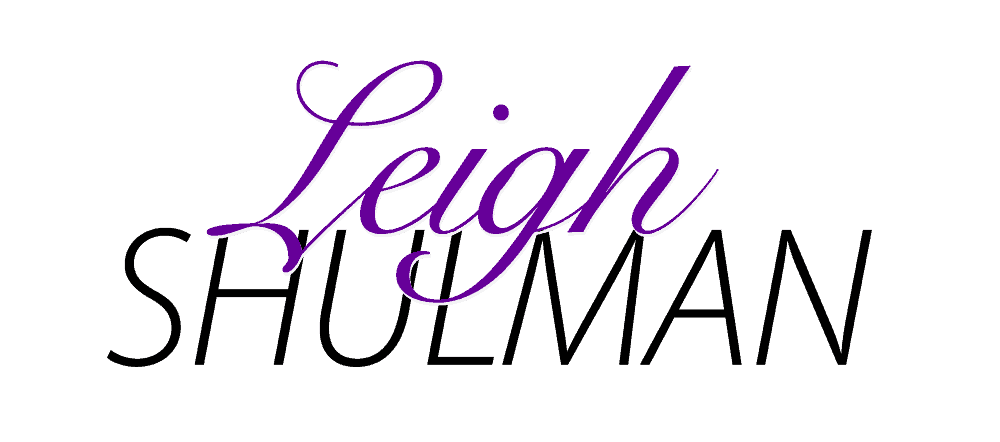“I’d like to see this as a scene.” I’ll almost definitely request of you if we ever work together to write your book. I ask for scenes when I’m reading a page that leaves me wanting more. It means there’s something missing. How can you write compelling scenes?
“What do you mean by a scene?” you may ask me. Defining a scene, though, and how it works is a tricky business.
Think of your favorite scenes in books and stories. They stick with you long after you've finished reading. Why? Because the writer helped you see it clearly.Click To TweetYou know the characters. You understand the action, and you intuitively feel the purpose of the scene as it lays bare a piece of the story.
How do you write compelling scenes in your own writing? Let’s start with the basics.
What is a scene?
Scenes are the building blocks of your writing. They move the action, characters and plot forward in a variety of ways. They’re the pieces of your writing that stick with readers. A scene is and does many things, which makes it extremely difficult to define.
A scene shows the development of a character from point-A to point-B.
Or you can use a scene to advance the plot.
A scene can have dialogue, but it doesn’t have to.
A scene can have exposition, but it’s not required.
A scene can include your main characters, but it’s not always a must.
A scene can have action, but action means many different things.
Perhaps it’s easier, then to outline what a scene must accomplish in your writing.
The Elements of a Scene
These are the things your scenes MUST do:
A scene must tell us something new about your book. Yes, you’ll repeat things along the way, but each scene will show your readers a new aspect of the plot, character, ideas or themes.
You must have a clearly established point-of-view. Be that an omniscient narrator or a highly flawed and unreliable character. We must know who is telling the story. Otherwise, it’s impossible to see how the scene informs the story you’re telling.
You must show a time and setting. While you don’t need to include every single detail of when, where, how and what, you want to offer enough content so your readers know how the scene impacts the rest of the book.
Your scenes must include conflict. Something has to happen. Without conflict, you just have a bunch of people doing things and going nowhere. Conflict drives characters to make decisions. It forces them to act.
Your scenes must have an arc and structure. Just as your book has a clearly defined beginning, middle and end, so will your scenes. You begin the scene with your characters in one place and by the end, they must move to another place. They must learn something, lose something, change something, go somewhere or do something that will drive the plot forward. Even if you have a scene with people simply
Your scene must contain a thematic connection to the rest of your book. Let’s say your book is about groups of women learning to believe in themselves and depend on their own abilities and your scene tells the story of one particular woman and an awful experience she had with her mother. By shaping the individual characters and the action of the book to underscore what you want your readers to understand, you create levels and layers for your readers to dive into and many ways of understanding the overall theme of the book. Without this connection, you have a series of disconnected happenings that fall flat.
At some point, the arc of your scene will peak. This is where you reveal a complication or conflict that leads to change. It doesn’t have to be intense or huge. Change can be subtle, too.
Your scene will begin just as something is happening. That can mean you pick up from where you left off in an earlier scene. Or it can mean you’re piquing your readers’ interest by drawing them into the scene with action.
Each scene leaves questions open so your reader must keep reading to find answers. You can end on a dramatic cliffhanger. Or an elusive hint at what comes next. Your reader will have no choice but to read on to find out what happens.
Three more things you can do to write compelling scenes
You give your characters a chance to speak for themselves We can hear their tone, their attitude, their voices.
Scenes are an opportunity to go beyond simple exposition. You know how people always say “show don’t tell”? Well, scenes allow you to show more about your characters, what they’re thinking, how they move through this world without explicitly telling your readers.
Scenes are the delicate dance between everything you’ve ever learned about writing all coming to play in one place. Dialogue, description, action, movement, exposition, character development, plot development. When you write compelling scenes more often, you can really develop your writing craft.
Memorable scenes in literature and movies
In A Wrinkle in Time, Meg and Calvin arrive in a strange, new place and watch a series of houses, with a series of little boys bouncing balls in the front yard at exactly the same pace. Then a series of mothers in unison exit the house and call the boys in for dinner. On boy begins bouncing his ball out of rhythm. His mother runs to him and drags him inside.
The opening lines of Love in the Time of Cholera always get me.
It was inevitable: the scent of bitter almonds always reminded him of the fate of unrequited love. Dr. Juvenal Urbino noticed it as soon as he entered the still darkened house where he had hurried on an urgent call to attend a case that for him had lost all urgency many years before.
The last time you see Roberto Benigni’s character in Life is Beautiful as Nazi officers march him away as his son watches, all the while he is smiling, laughing and maintaining the silly, light, child’s world he created for his son while living in a concentration camp.
Or think about Deliverance. The Princess Bride. Lady MacBeth trying to wash the blood off her hands. The Red Wedding in Game of Thrones. The movie Taxi Driver or Bell Canto.
These are some of my favorite scenes, what are yours?
What immediately comes to mind when you think of them? Can you isolate the various elements of these scenes and see how they work on you, the audience, leaving you unable to pull yourself away until you’ve finished reading?

